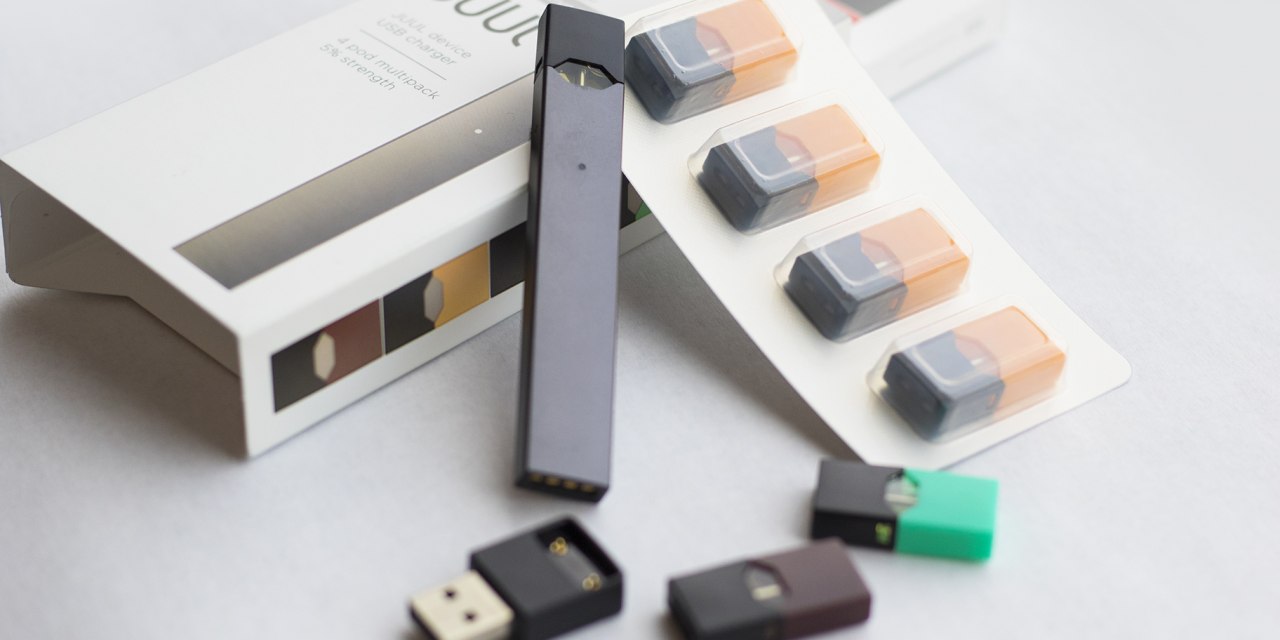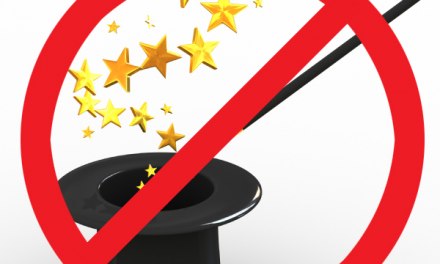I’m sure you’ve read about the wave of health problems, including deaths, believed to be a direct result of vaping. But if you’re not aware of exactly how fast vaping has spread, CDC reports that sales of JUUL by themselves jumped from 2.2 million devices in 2016 to 16.2 million in 2017.
That’s one year, folks. The driving force: Young people.
Of course, some of that vaping involves cannabis (and probably other intoxicants) as well as nicotine. That’s thought to play a key role in vaping-related illness. A major issue that could well result in a total ban of certain cannabis products.
Still, from a public health perspective, we may be faced with a much larger problem in future. That is, what to do with all those kids who are growing up dependent on nicotine.
Some years ago I attended a promotional lecture for e-smoking, back when it was viewed as a breakthrough in tobacco cessation and the typical device resembled an oversized garage door opener. Addiction people were invited due to the abundance of smokers in the treatment population.
Even then, we saw an obvious downside to vaping. As one of the other counselors put it, “dude, that ain’t nothin’ but a crack pipe for nicotine.” If you weren’t already a heavy user, a few months on the vape pen would usher you in.
Advocates acknowledged that but insisted it was at least healthier than sucking down toxins from tobacco. Besides, they promised, the switch from cigarettes to electronic inhalation would ease the eventual transition to complete abstinence.
Which I’m sure happens some of the time. But perhaps that too often. Though vaping may be superior to other common medical alternatives, like gum or the patch, it’s still not terribly effective in terms of promoting true cessation. Research suggests that as many as four in five users find return to tobacco use. That’s not to be sniffed at, but when 80% eventually find their way back to cigarettes, vaping seems more like an extended vacation than a permanent move.
Why do vapers relapse? Some say it’s because the sensation of vaping just doesn’t measure up to the real thing. That’s led vape scientists to try increasing nicotine content. Also, we’re realizing that getting off that vape pen is not easy. In fact, it may be more difficult than giving up Marlboros. Read along as one woman describes her experience.
She’s right, that does sound worse than detoxing from cancer sticks. She manages to tough her way through, but I’m sure many would not. Easier just to go back on the pipe, or tobacco.
Here’s a more complete explanation of the phenomenon, from the Vox website.
I’ve observed something like this with other approaches that focus on reducing the harm from drug use without a concerted attempt to make lasting changes in someone’s behavior. And there are unintended consequences.
In this case, we seem to have promoted a growing problem in a whole new generation of users– many of whom, raised in an era of widespread education about the health hazards of tobacco– might otherwise not have picked up a cigarette at all.
Now, they’re thoroughly dependent on an addictive drug. And if they ever do decide to switch over to tobacco, their addicted brains will be ready and waiting.













